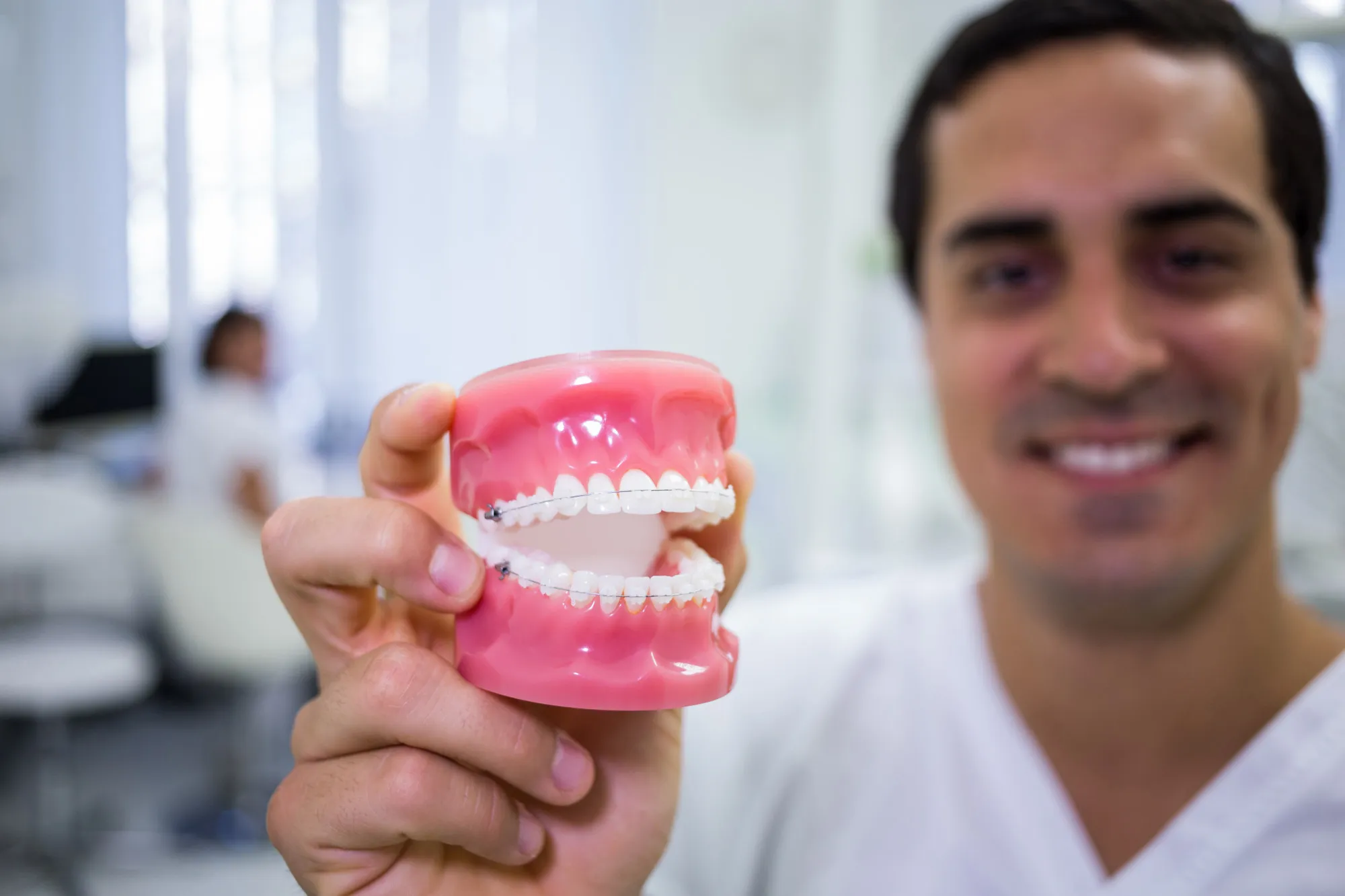Keywords
1. Removable Partial Denture
2. PEKK Clasps
3. Retentive Force
4. Dental Prosthesis Design
5. CAD/CAM Dentistry
In a breakthrough study published on January 12, 2024, in the Journal of Prosthodontic Research, researchers from Taipei Medical University and Hiroshima University have revealed promising results for those seeking comfortable and durable dental prosthetics. Conducted on the cusp of implementing advanced materials in dentistry, the research investigates the performance of polyetherketoneketone (PEKK) clasps—key components in the stability and durability of removable partial dentures (RPDs).
DOI: 10.2186/jpr.JPR_D_23_00080
The study titled “In vitro study of optimal removable partial denture clasp design made from novel high-performance polyetherketoneketone,” led by Peng Pei-Wen along with a team that includes Chen May-Show, Peng Tzu-Yu, Huang Peng-Chien, Nikawa Hiroki, and Lee Wei-Fang, focuses on the meticulous design elements that could enhance the quality of life for RPD users.
Denture clasps are designed to secure dentures in place, ensuring comfort and functionality for the wearer. Their design and material composition are crucial factors determining the efficacy and longevity of the prosthesis. The study’s objective is clear: to evaluate the retentive force and deformation of double Akers’ PEKK clasps under varying widths, heights, and undercut depths over a simulated period emulating 10 years of clinical use.
In detail, the study involved the creation of 30 double Akers’ PEKK clasps via the precision-oriented process of computer-aided design and computer-aided manufacturing (CAD/CAM). These clasps were split into two distinct groups, categorized by size, and within each were designs accommodating three different undercut depths—0.25 mm, 0.50 mm, and 0.75 mm. Researchers utilized a series of tests to imitate the wear and tear equivalent to 15,000 insertion/removal cycles, gauging the resiliency of these clasps.
The results indicated that clasps tailored for 0.50-mm and 0.75-mm undercut depths demonstrated higher initial retentive forces between 3.15-3.51 Newtons—a significant increase compared to the 2.40-2.80 Newtons force exhibited by the 0.25-mm undercut group. Furthermore, Group I clasps retained a stable retentive force over the simulated timeframe (P = 0.345), while Group II’s retentive capability lessened after initial use (P < 0.003).
Most notably, the 0.50-mm undercut depth emerged as the optimal design choice. It exhibited a greater retentive force than the 0.25-mm (P < 0.001 and P < 0.004 for Groups I and II, respectively) configurations. This superior performance came without any significant detriments when compared to the 0.75-mm designs and showed remarkable endurance with minimal clasp tip wear.
The findings underscore PEKK’s potentially disruptive role in prosthodontics, particularly as an esthetic clasp material. Its mechanical properties withstand the rigors of protracted use without significant reductions in retentive forces or permanent deformations. The favorable performance of the 0.50-mm and 0.75-mm undercut depths thus makes them a strong recommendation for those seeking long-term reliability from their denture clasps.
The study is pivotal for professionals in dental technology and prosthodontics, along with patients who stand to benefit from advancements in removable denture design. High-performance materials like PEKK offer an alluring amalgamation of aesthetic discretion and resilience, paving the way for future innovation in dental prosthetics.
Here are five references relevant to the study and subject matter, highlighting past research and insights into the world of prosthodontic materials and CAD/CAM technology in dentistry:
[1] Vallittu, P. K., Shinya, A., & Barão, V. A. R. (2016). CAD/CAM technology in dental care: Current status and future perspectives. International Journal of Biomaterials, 2016, 9. https://doi.org/10.1155/2016/1239841
[2] Abe, Y., Sato, D., Lee, C., & Ban, S. (2009). Mechanical properties and clinical application of high-performance thermoplastics as dental materials. Acta Biomaterialia, 5(2), 577-584. https://doi.org/10.1016/j.actbio.2008.07.034
[3] Bural, C., Bayraktar, G., Aydin, A. K., Gungor, H., & Iplikcioglu, H. (2011). Comparison of the retentive properties of six clasp designs on undercut abutments. Journal of Prosthodontics, 20(6), 465-472. https://doi.org/10.1111/j.1532-849X.2011.00737.x
[4] Petropoulos, V. C., & Rashedi, B. (2005). Retentive properties of thermoplastic resin clasps. Dental Materials, 21(10), 938-943. https://doi.org/10.1016/j.dental.2004.11.018
[5] Lee, H., So, J., Hochstedler, J., & Ercoli, C. (2008). The accuracy of implant impressions: A systematic review. Journal of Prosthetic Dentistry, 100(4), 285-291. https://doi.org/10.1016/S0022-3913(08)60208-8
With this study and diligent research, the dental community edges closer to achieving the optimal blend of functionality and comfort that patients seek in their dental prosthetics. The utilization of PEKK reflects a step forward in material science, influencing the way dental professionals approach the design and manufacturing of partial dentures.
As dental practitioners continue to leverage state-of-the-art CAD/CAM technologies and superior materials like PEKK, the promise of offering the public dental solutions that are both resilient to wear and highly aesthetic becomes an ever-closer reality.
